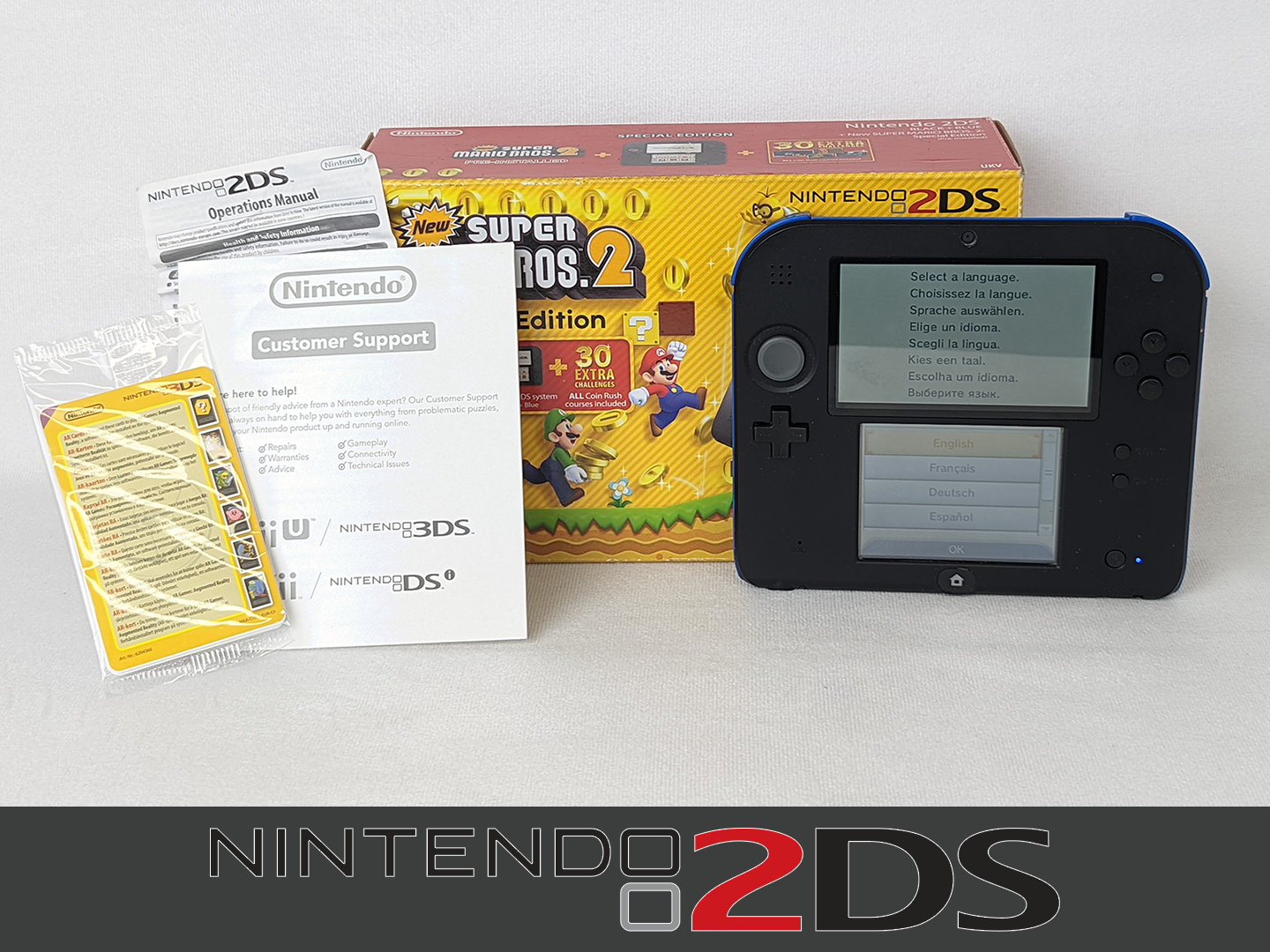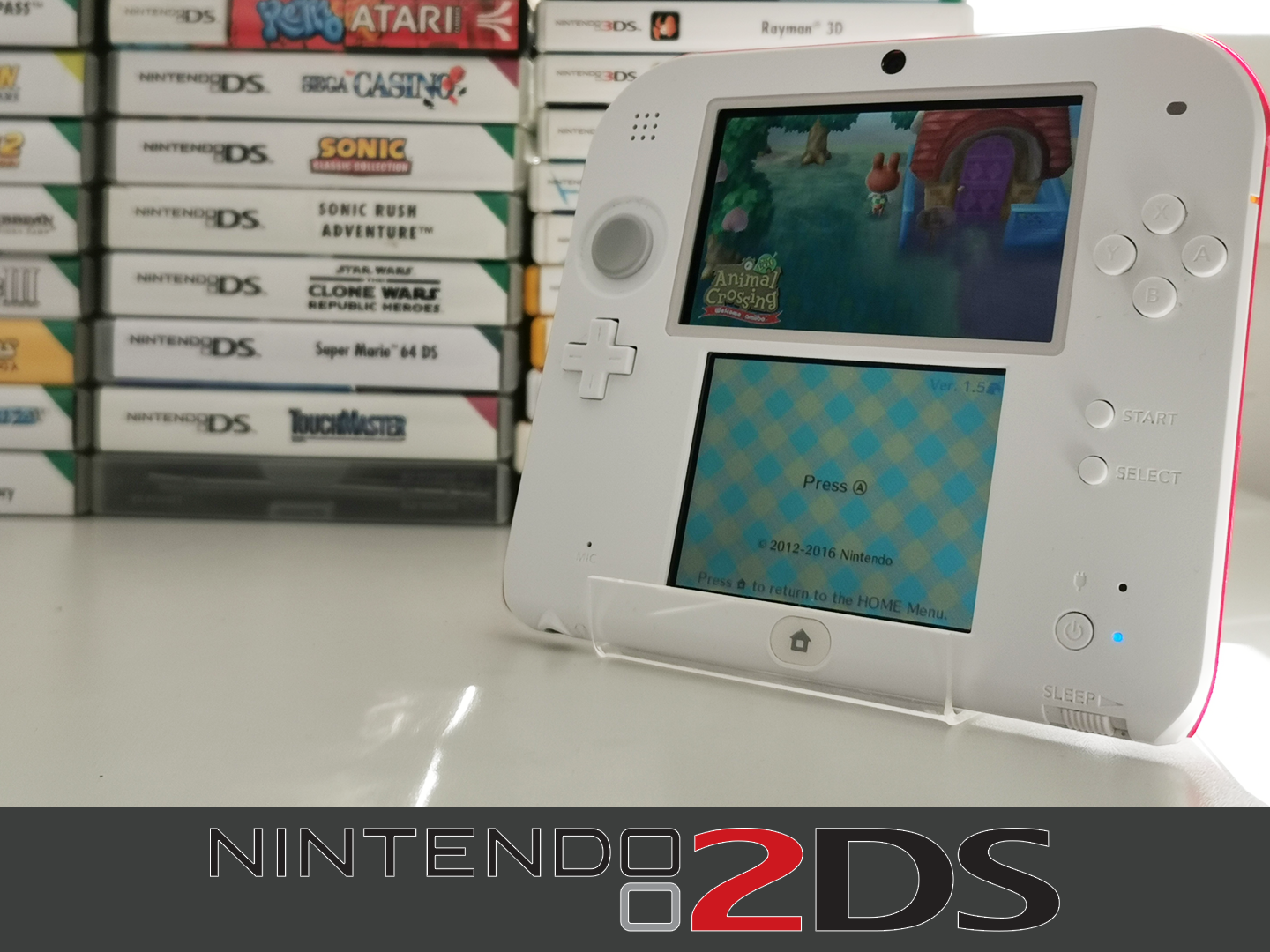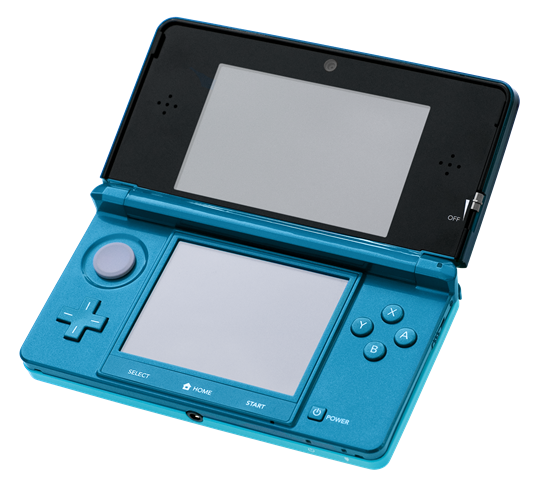The Nintendo 2DS was released in 2013 and was made to be a cheaper alternative to the 3DS. Maintaining otherwise identical hardware, similar functionality, and compatibility with software designed for the Nintendo DS and 3DS
The 2DS was sold concurrently with existing 3DS models as an incentive to expand the market for Nintendo 3DS games, Nintendo stated that the 2DS was primarily targeted towards younger players (such as those younger than age 7), whom Nintendo had previously advised not to use the 3D functionality on the 3DS due to potential eye health concerns.
Unlike the Nintendo 3DS, which uses two display panels, with a lower touchscreen panel and a top dual-layered screen panel capable of displaying 3D, the Nintendo 2DS uses a single, non-3D LCD touchscreen. Despite its inability to display 3D content, the 2DS retains the 3DS’s dual cameras for taking photographs in a 3D format. The Nintendo 2DS only has an internal mono speaker, as opposed to the internal stereo speakers of the 3DS, although stereo sound can still be output through the headphone jack.
The Nintendo 2DS’s design is a significant departure from that of its precursors; while it is roughly the same size as its counterpart, the 2DS uses a “slate-like” form factor instead of the clamshell form used by the DS and 3DS. Its buttons are positioned towards the center of the device instead of near the lower screen, and its shoulder buttons are concave in shape and relatively thicker than those of the 3DS. The 2DS uses a switch for entering sleep mode in lieu of closing the shell, and the hardware wireless switch was replaced by a software toggle.
The Nintendo 2DS was discontinued in Japan in 2019 and in the rest of the world in 2020, along with the other systems in the Nintendo 3DS family.
Please click photo for more info


Top 10 Quest Progress
 | ||||
| Name | Game | Box | Manual | |
| Mario Kart 7 | ||||
| Luigi’s Mansion 2: Dark Moon | ||||
| Monster Hunter Generations | ||||
| New Super Mario Bros. 2 | ||||
| Super Mario 3D Land | ||||
| Animal Crossing: New Leaf | ||||
| Super Smash Bros. for Nintendo 3DS | ||||
| Tomodachi Life | ||||
| The Legend of Zelda: Ocarina of Time 3D | ||||
| Monster Hunter 4: Ultimate | ||||
| 10/10 GAMES COMPLETE | ||||
